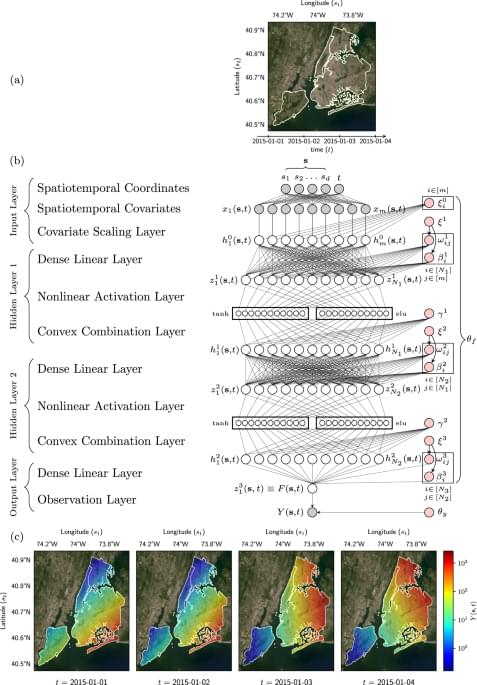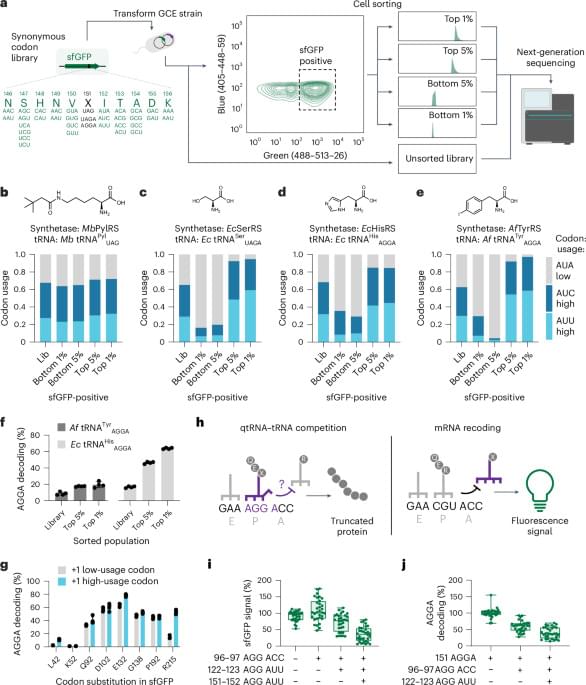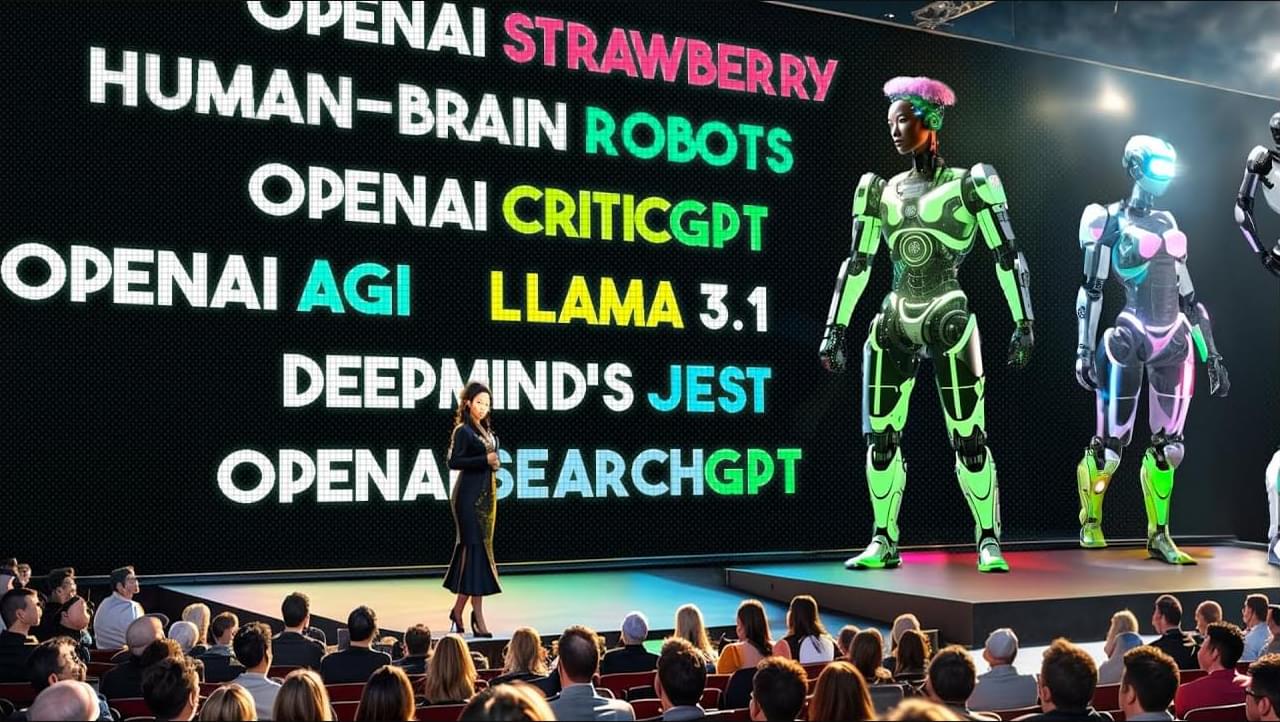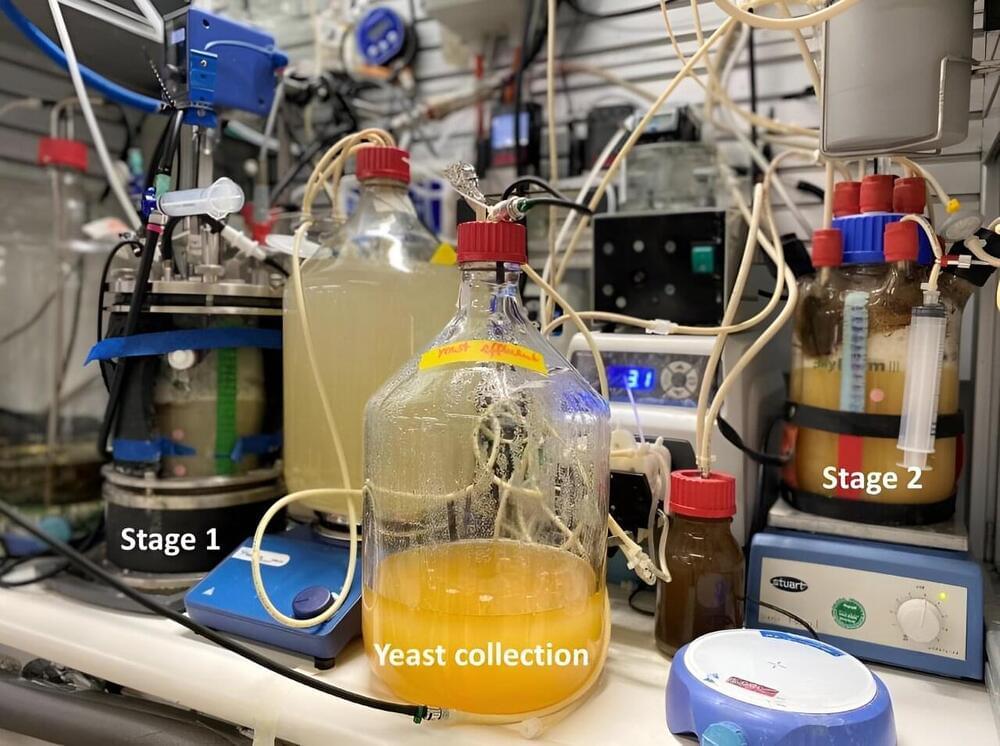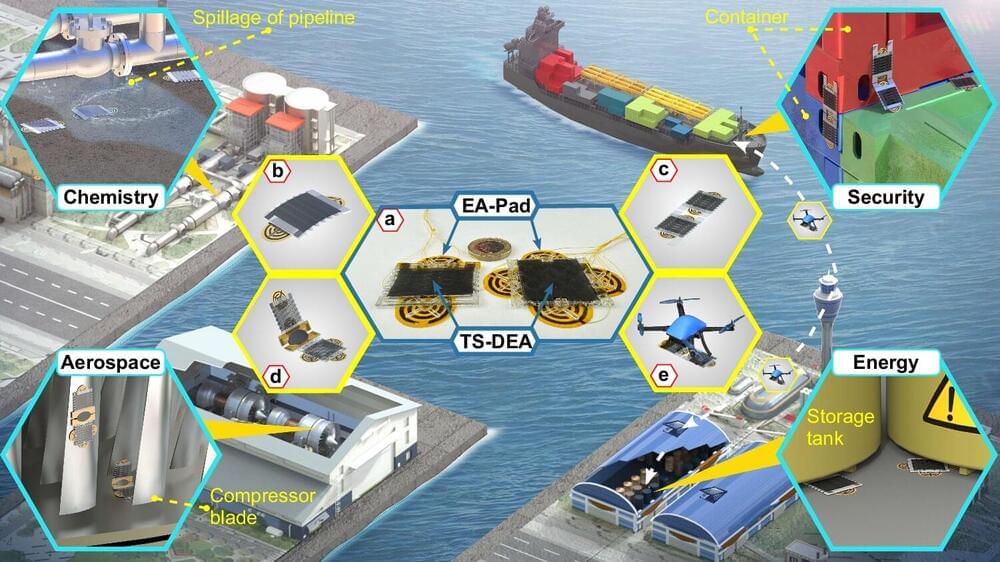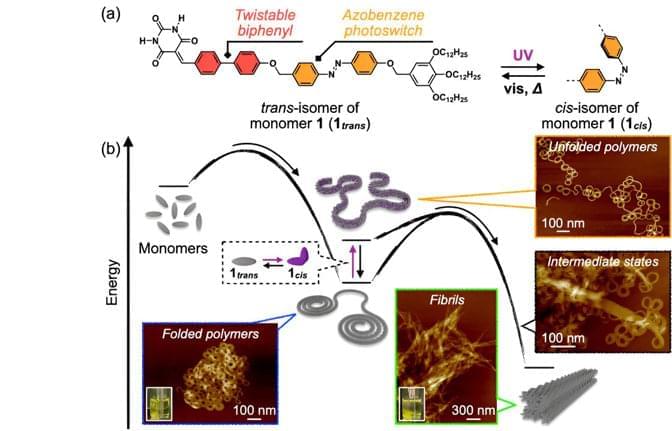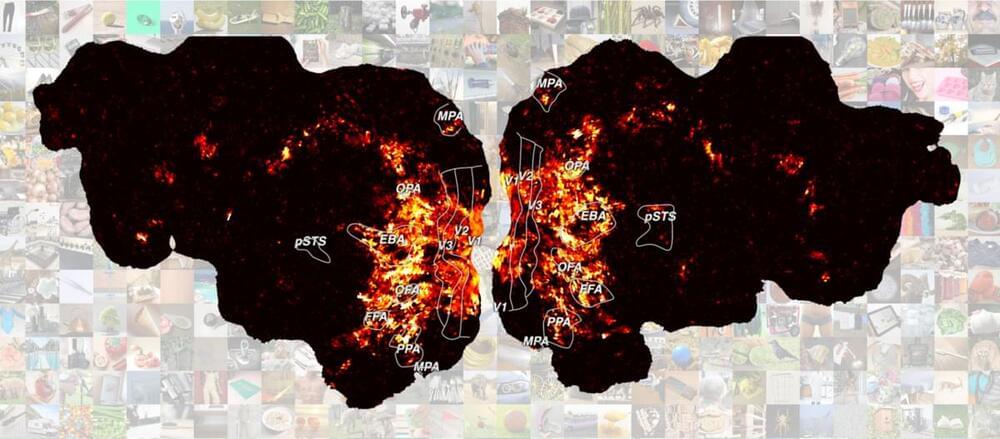
Wenn wir unsere Augen öffnen, dann fällt es uns ganz leicht, die verschiedene Objekte, Menschen und Tiere um uns herum zu sehen. Bisher war die weitreichende Forschungsmeinung, dass ein ganz wesentliches Ziel unserer Wahrnehmung ist, Objekte zu erkennen und verschiedenen Kategorien zuzuordnen – zum Beispiel, ob dieses Objekt vor uns ein Hund ist und ob ein Hund zur Kategorie der Tiere zählt. Forschende vom Max-Planck-Institut für Kognitions-und Neurowissenschaften in Leipzig und der Justus-Liebig-Universität Gießen in Zusammenarbeit mit den National Institutes of Health in den USA konnte nun zeigen, dass dieses Bild unvollständig ist. In einer aktuellen Studie im Fachjournal Nature Human Behaviour schreiben sie, dass sich die Hirnaktivität beim Sehen von Objekten viel besser mit einer Vielzahl verhaltensrelevanter Dimensionen erklären lässt.
Bisher dachte man, dass das visuelle System in unserem Gehirn die gesehenen Objekte in sehr grundlegende Merkmale zerlegt und dann nach und nach wieder zusammensetzt, mit dem Ziel, deren Erkennen zu ermöglichen. „Unsere Ergebnisse haben gezeigt, dass Erkennen und Kategorisieren zwar wichtige Ziele unseres Sehens sind, aber bei weitem nicht die einzigen.“, sagt Letztautor Martin Hebart, Gruppenleiter am MPI CBS und Professor an der Justus-Liebig-Universität. „Tatsächlich finden wir verhaltensrelevante Signale an allen Verarbeitungsstufen im visuellen System. Dies konnten wir aus der Analyse der von uns entdeckten verhaltensrelevanten Dimensionen ableiten.” Im Vorfeld hatten die Forscher mit einem Computermodell aus Verhaltensdaten von über 12.000 Studienteilnehmer*innen 66 Objektdimensionen identifiziert.
